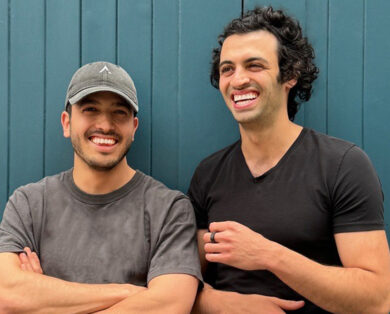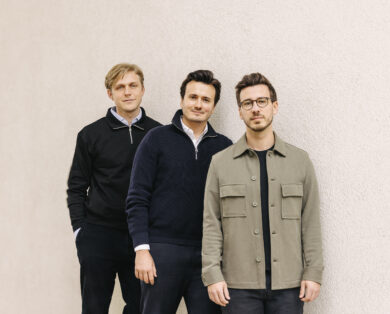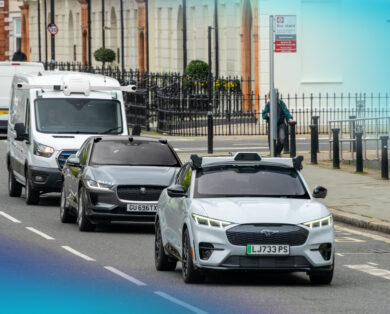- Portfolio News
- 15 July, 2024

We were recently joined by brand strategy agency Sonder & Tell for an exclusive portfolio webinar focused on all things brand. This insightful, interactive session explored key areas including:
- What is brand positioning?
- When should you start to think about your brand?
- Moving from a product people love to a brand people love.
What is brand positioning?
There are hundreds of definitions of what a ‘brand’ actually is. One that captures the essence quite nicely comes from Seth Godin:
A brand is the set of expectations, memories, stories, and relationships that, taken together, account for a consumer’s decision to choose one product or service over another”
Seth Godin
Sonder & Tell believe that a brand is a story. It’s the story of who you are in your customers’ lives, and the impact you can have on their world. It connects many things: your products, your customers, your team, your investors.
Meanwhile, brand positioning is the space you occupy in a consumer’s mind. It’s how a brand connects with a group of people or audience. A good example can be found in three of the largest players in the modern dating world: Hinge, Bumble and Tinder. All three companies operate in the same category, but at a brand level, each has a unique story:
- Hinge is ‘the app that’s designed to be deleted’. It’s all about helping you find the one, and this is reflected in a romantic, whimsical positioning and tone of voice.
- Bumble is all about women making the first move. It’s about giving back power and control to women, and this is reflected through a relatable, uplifting and brave tone of voice.
- Tinder positions itself as ‘a gateway for love and relationships’. Targeting a young, fun-loving an open-minded audience, their positioning is playful, confident and outgoing.
When should you start thinking about your brand?
There are specific moments in a start-up growth journey where it makes sense to invest in your brand. Perhaps you’re looking to fundraise and attract investors. Or, you’ve just completed a round and want to grow your team, building a brand that can attract talent and grow with you. But it’s not always so clear cut, and will depend on the specific challenges you’re looking to overcome as a business.
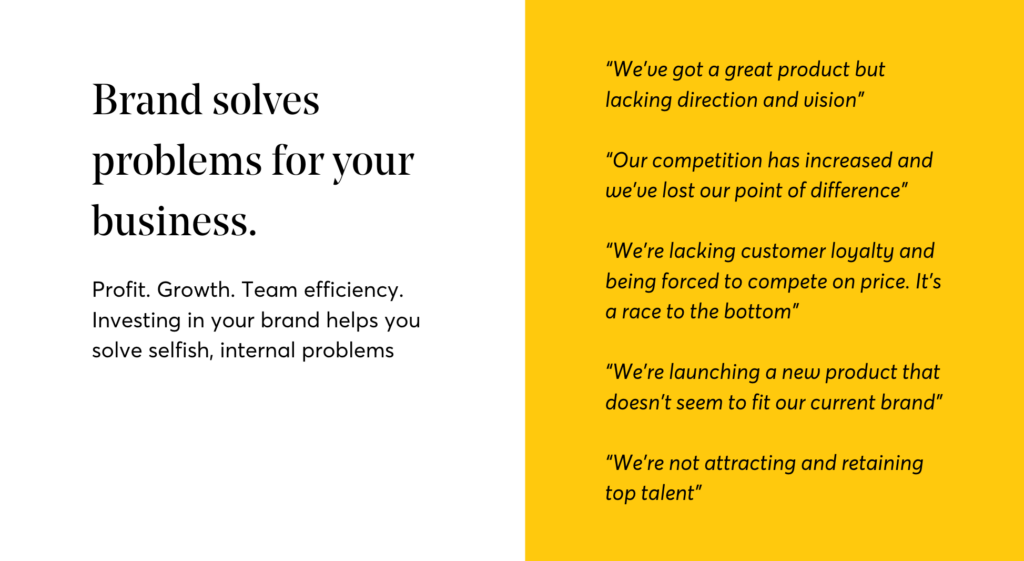
Crucially, having a clear brand story is about bringing together two different problems that exist in the universe of your brand. One of them is a business problem you might be facing – such as lacking competitive differentiation or customer loyalty. The other problem is a customer problem – because for a brand story to really land and to come to life, it has to also be solving a real, deep human problem.
There are also plenty of problems that brand can’t solve, so it’s important to really understand what you’re trying to tackle and whether brand can actually help. For example, if your product isn’t delivering or your go-to-market strategy is failing, there are some core underlying issues here that brand simply can’t solve.
If you are deciding whether it’s time to invest with your brand, you need to start by looking at what problems you’re facing. Can brand solve them?
Sonder & Tell
Moving from a product people love to a brand people love.
Lots of businesses succeed in the first instance by creating products that people love. They respond to a real need with a first-in-class product and win people over. But as they grow, businesses need more than winning product features to rally people around them and help them expand. And to help them hold their position even when copycat products come in. They need a brand.
Brand is all about storytelling. So you can apply the same tools, principles and frameworks of good storytelling to brand strategy – both in terms of the output as well as the process.
The Sonder & Tell team suggests breaking it down to identify your ‘hero’ and your ‘guide’. The hero is really your customer: the hero of the story, and the person that we care about the most. Once you’ve identified your hero, once you’ve gotten to know them on a deeper level and really understood their problems, only then can you determine who the best guide is for them.
The hero is actually the aspirational mindset that we build our brand for. It’s how our hero wants to see themselves – as if we thought of the ideal person that we would love to be buying our product.
Sonder & Tell
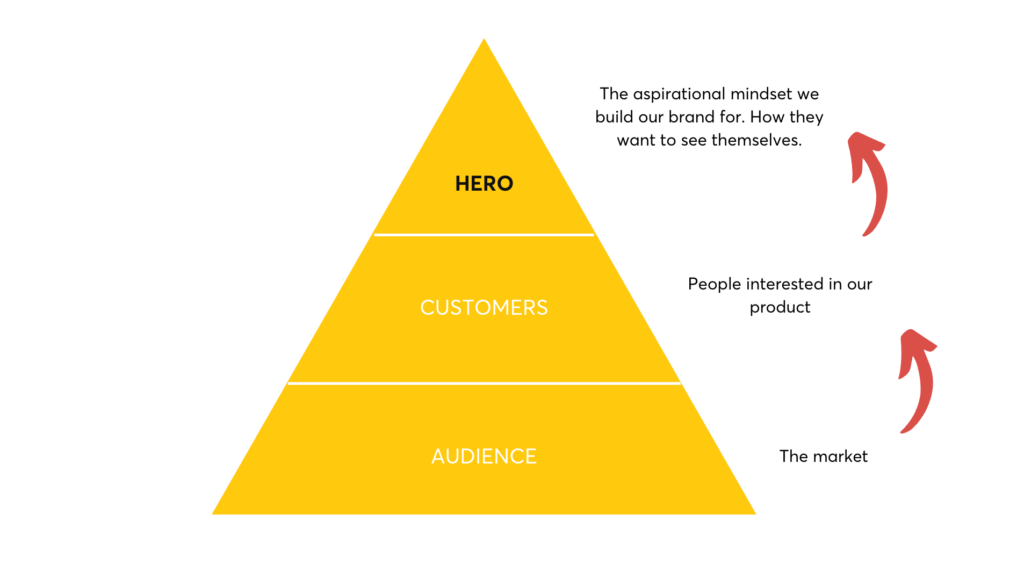
There are many ways to begin to get to know your hero – such as through customer interviews, surveys, research and more. What’s important is to really go deep in order to be able to understand and connect with them on an emotional level. You can start by thinking about:
- What attitudes unite your customers?
- What’s keeping them up at night?
- Why does your category really matter to them?
- How do they feel when interacting with your category? What’s the emotional response?
- Why is it important to them, beyond just the functional benefit?
The trick is to keep asking ‘why’. Keep pushing and pushing, until you get to the raw emotion that underpins everything else. It’s about finding and addressing that real human need, desire or connection that will ultimately draw them to your brand and product. Take Airbnb as an example: at the heart of their brand is the human desire to belong. It’s what fuels our desire for authentic, local experiences and connections.
As with any story, you also need to think about the journey. What’s the transformation that you want them to feel from beginning to end?
Once you’ve started to unpack all of the above, and tapped into your customers’ emotional drivers, you can then start building out your guide, and creating a brand they will truly connect with.



